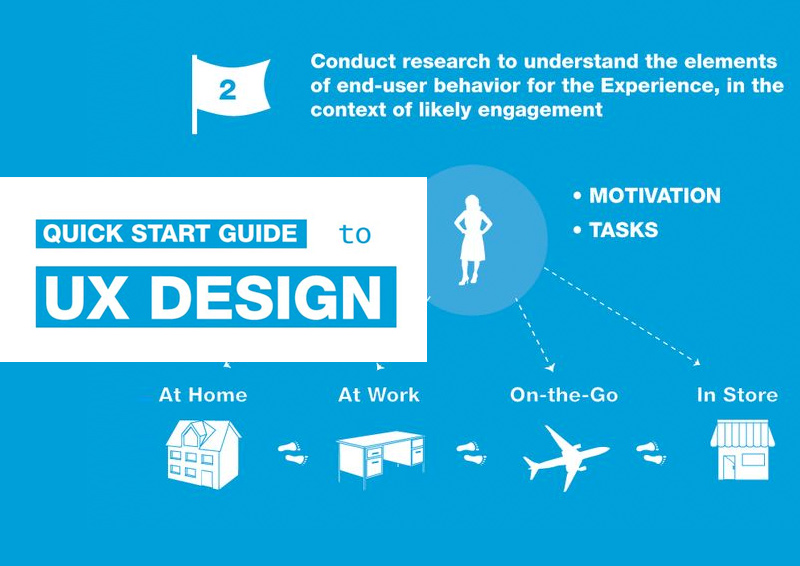Critical Website Design Insights: Suggestions For Developing An User-Friendly Interface
Critical Website Design Insights: Suggestions For Developing An User-Friendly Interface
Blog Article
need seo expert By-Christophersen Devine
When it comes to website design, ensuring user-friendliness is vital. From responsive design to streamlined navigating, every element plays a vital role in producing a site that accommodates your target market's requirements. But what regarding the better information that can make or break an individual's browsing experience? Stay tuned as we reveal some often-overlooked pointers that can boost your internet site's use to the next level, making it really attract attention in the digital landscape.
Significance of Responsive Layout
Receptive style is an essential facet of modern-day internet site growth. Ensuring your internet site is receptive means that it can adjust to different display dimensions and gadgets, offering a seamless experience for customers.
With the enhancing use smartphones and tablets to access the net, having a responsive layout is important for getting to a broader target market. It helps in enhancing individual experience by making your web site easy to navigate and keep reading any type of gadget.
Furthermore, responsive layout can positively affect your online search engine positions, as search engines like Google focus on mobile-friendly web sites. By having a receptive style, you're additionally future-proofing your web site, as brand-new devices with varying display sizes continue to emerge.
Simplify Navigation Framework
To boost customer experience and facilitate very easy access to info on your site, enhancing the navigating framework is paramount. When creating your website, focus on developing a clear and user-friendly navigation menu that helps site visitors locate what they're searching for promptly.
Limitation the number of food selection items to the essentials, grouping related web pages with each other to avoid overwhelming individuals. Usage descriptive tags that clearly show the content of each page, making it easier for users to understand where each web link will take them.
Think about implementing dropdown food selections for subcategories to prevent littering the major navigation bar. Additionally, consist of https://seo-google73950.blogdosaga.com/31077020/crack-the-code-to-controling-search-positions-and-fascinating-your-audience-with-specialist-seo-approaches on the page for users who favor searching for certain info.
Prioritize mobile responsiveness in your navigating style to make sure simple accessibility on all tools.
Optimize Page Lots Rate
Improving page tons speed is vital for retaining visitors on your website. Slow-loading content writing for website cost and can result in high bounce rates. To optimize page lots speed, begin by optimizing images. Press images without jeopardizing top quality to lower their data sizes.
Additionally, enable web browser caching to save often accessed resources locally, quickening tons times for returning site visitors. Minify CSS, JavaScript, and HTML documents by eliminating unnecessary characters, remarks, and formatting, boosting lots rate.
Take into consideration making use of a web content shipment network (CDN) to disperse your site's material across several web servers worldwide, decreasing latency for users accessing your website from various places. Finally, restrict making use of third-party manuscripts and plugins, as they can substantially impact load times.
Final thought
Finally, by integrating receptive design, streamlining navigation, and optimizing page load speed, you can develop an user-friendly web site that interest a bigger target market and boosts individual experience. These essential elements make certain that site visitors can quickly gain access to and navigate your site throughout different tools, resulting in raised involvement and complete satisfaction. By focusing on these key aspects, you can build an effective site that maintains users coming back for more.
